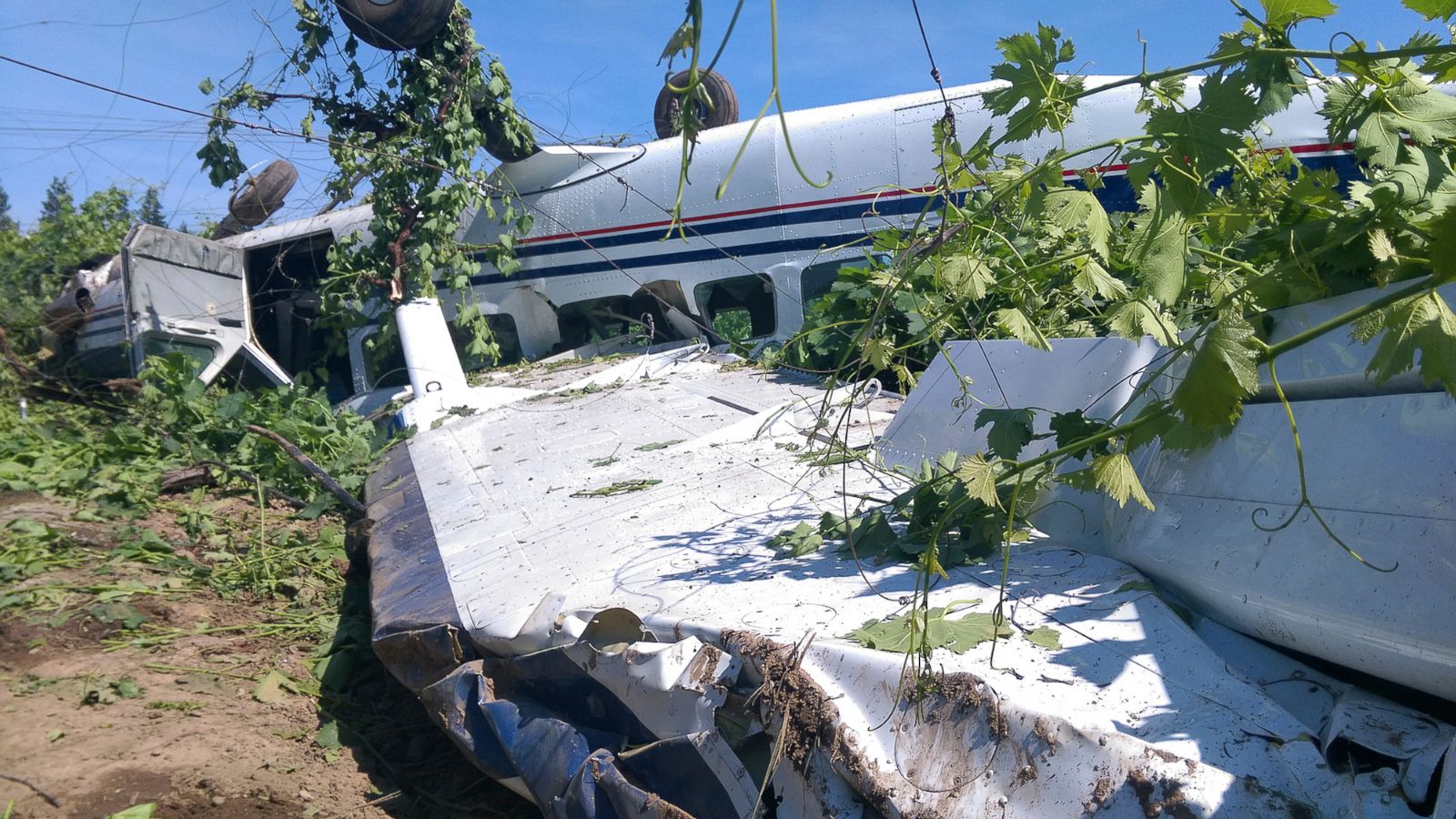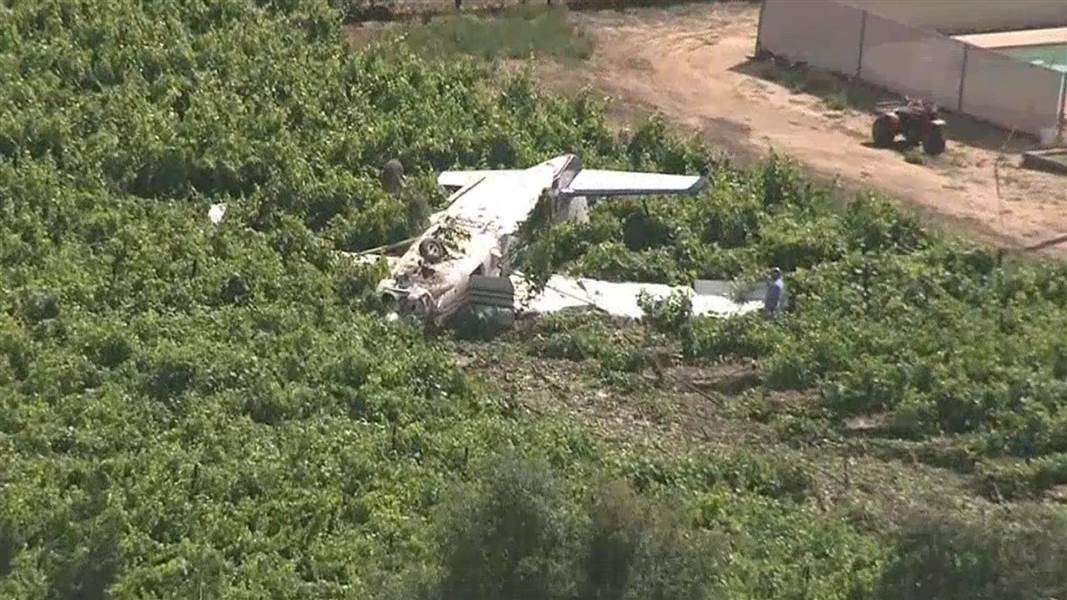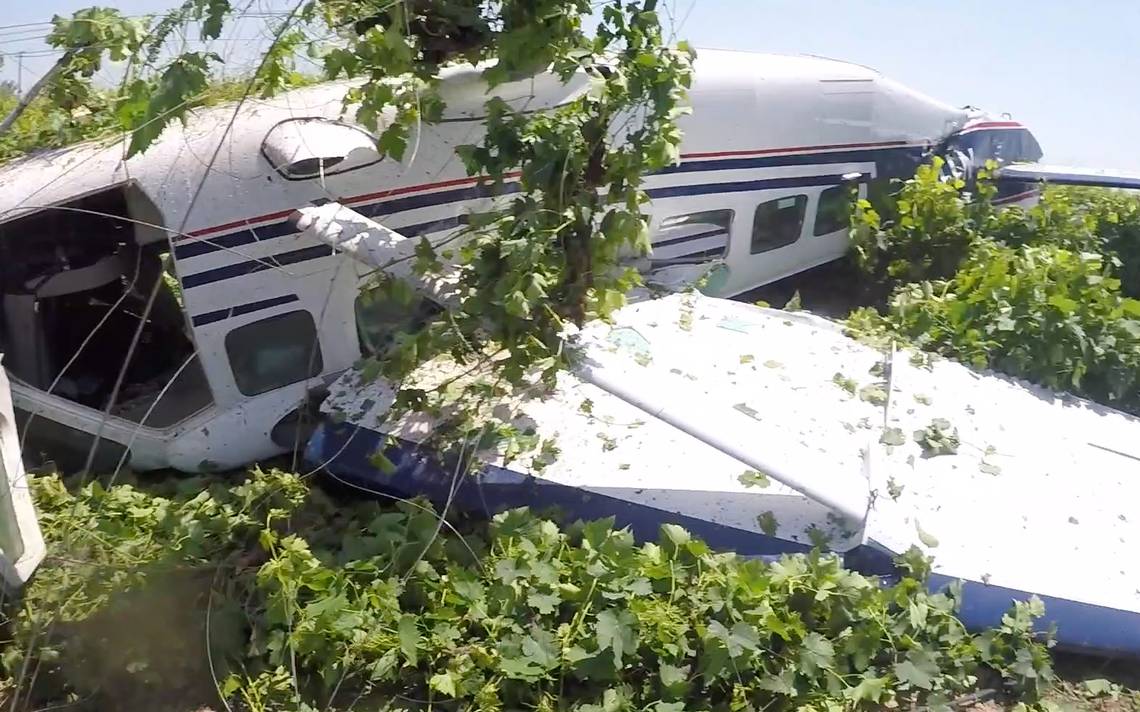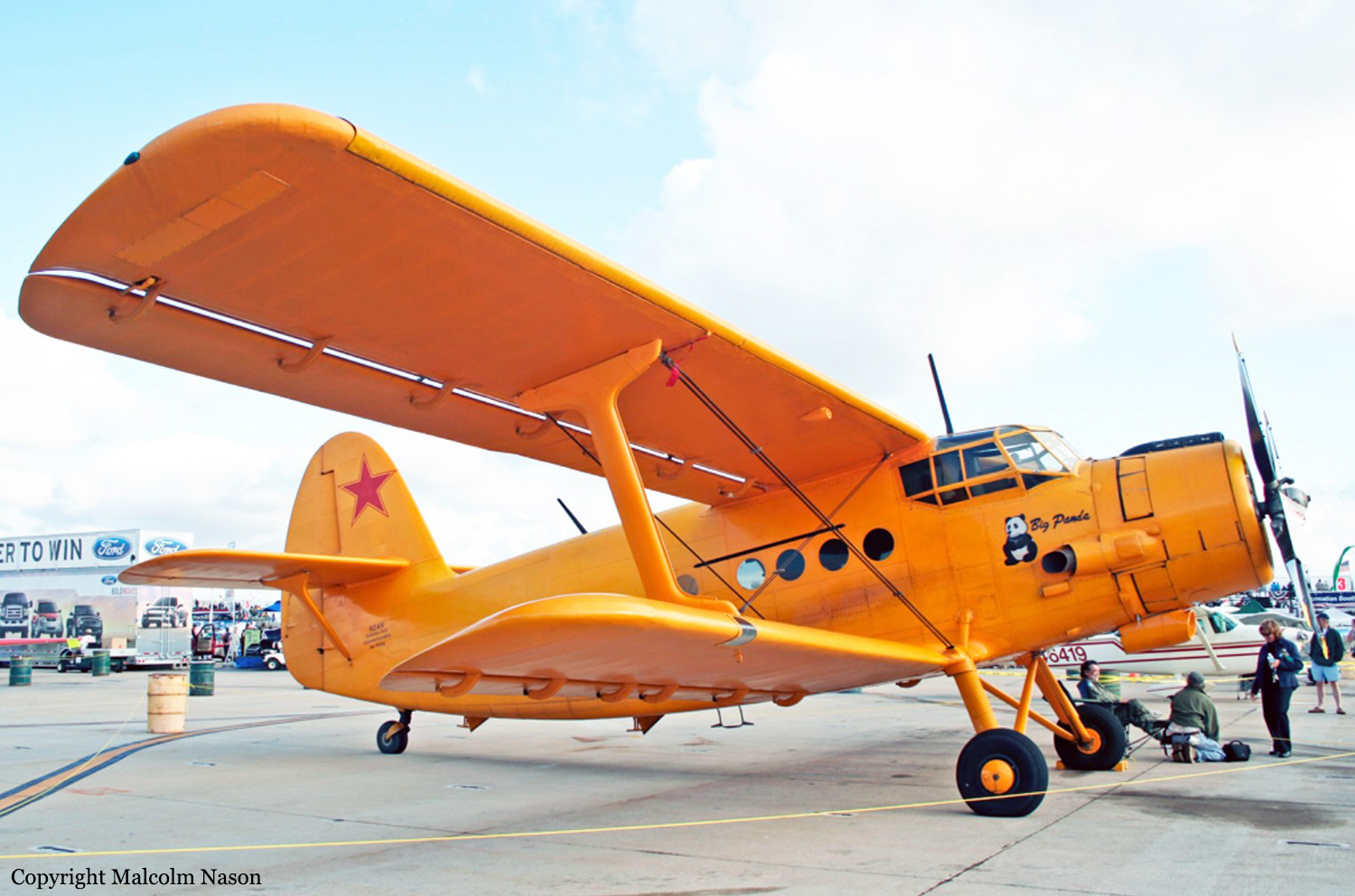Country
code
CA
Crash of a Cessna 208B Grand Caravan in Lodi
Date & Time:
May 12, 2016 at 1413 LT
Registration:
N1114A
Survivors:
Yes
Schedule:
Lodi - Lodi
MSN:
208B-0309
YOM:
1992
Crew on board:
1
Crew fatalities:
Pax on board:
17
Pax fatalities:
Other fatalities:
Total fatalities:
0
Captain / Total hours on type:
253.00
Aircraft flight hours:
12848
Circumstances:
The commercial pilot reported that, after takeoff on the local skydiving flight, the engine experienced a total loss of power. He initiated a turn toward the airport, but realized the airplane would not reach the runway and chose to perform a forced landing to an open field. During the landing roll, the airplane exited the field, crossed a road, impacted a truck, and continued into a vineyard, where it nosed over. Postaccident examination of the engine revealed that the fuel pressure line that connects the fuel control unit to the airframe fuel pressure transducer was fractured below the fuel control unit fitting's swaged seat. In addition, a supporting clamp for the fuel pressure fuel line was fractured and separated. The operator reported that the fractured fuel line had been replaced the night before the accident and had accumulated about 4 hours of operational time. The previously-installed line had also fractured. Metallurgical examination of the two fractured fuel lines revealed that both fuel lines fractured due to reverse bending fatigue through the tube wall where a ferrule was brazed to the outside of the tube. There were no apparent anomalies or defects at the crack initiation sites. Examination of the supporting clamp determined that it fractured due to unidirectional bending fatigue where one of the clamp's tabs met the clamp loop, with the crack initiating along the inward-facing side of the clamp. The orientation of the reverse bending fatigue cracks and the spacing of the fatigue striations on the tube fracture surfaces were consistent with high-cycle bending fatigue due to a vibration of the tube. The cushioned support clamp is designed to prevent such vibrations from occurring. However, if the clamp tab is fractured, it cannot properly clamp the tube and will be unable to prevent the vibration. The presence of the fractured clamp combined with the fact that the two pressure tubes failed in similar modes in short succession indicated that the clamp most likely failed first, resulting in the subsequent failure of the tubes. Since the clamp was likely fractured when the first fractured fuel pressure line was replaced, the clamp was either not inspected or inadequately inspected at the time of the maintenance.
Probable cause:
A total loss of engine power due to a fatigue fracture of the fuel pressure line that connected the fuel control unit and the fuel flow transducer due to vibration as the result of a fatigue fracture of an associated support clamp. Contributing to the accident was the mechanic's inadequate inspection of the fuel line support clamp during the previous replacement of the fuel line.
Final Report:






Crash of a PZL-Mielec AN-2R in San Bernardino
Date & Time:
May 6, 2016 at 1200 LT
Registration:
N2AN
Survivors:
Yes
Schedule:
Upland - San Bernardino
MSN:
1G210-55
YOM:
1985
Crew on board:
1
Crew fatalities:
Pax on board:
1
Pax fatalities:
Other fatalities:
Total fatalities:
0
Captain / Total hours on type:
58.00
Aircraft flight hours:
2924
Circumstances:
The commercial pilot was entering the airport traffic pattern for landing during a familiarization flight. He reported that he turned on the carburetor heat, switched the fuel tank selector to the right fuel tank, and shortly thereafter, the engine experienced a total loss of power. The pilot attempted numerous times to restart the engine but was unsuccessful. After realizing that he would not be able to reach the runway, he decided to make a forced landing to a small field. During the landing approach, the airplane contacted a power line, nosed over, and came to rest inverted, resulting in substantial damage to the wings and fuselage. During the postaccident examination of the airplane, about 16 ounces of water were removed from the fuel system. Water was present in the lower gascolator, the fine fuel filter (upper gascolator), and subsequent fuel line to the carburetor inlet. A brass screen at the carburetor inlet and 2 carburetor fuel bowl thumb screens also contained corrosion, water, and rust. The approved aircraft inspection checklist called for washing the carburetor and main fuel filter every 50 hours and cleaning and/or replacing the fine fuel filter every 100 hours. The fine fuel filter is not easily accessible and not able to be drained during a preflight inspection. The mechanic who completed the most recent inspection stated that he did not drain or check the fine fuel filter. The last logbook entry that specifically stated the fuel filters were cleaned was about 4 years before the accident.
Probable cause:
The mechanic's failure to inspect the fine fuel filter gascolator as required during the most recent inspection, which resulted in a total loss of engine power due to fuel contamination.
Final Report:



